Vinyl siding
Let's start our review with one of the most inexpensive and popular options - vinyl siding. Such facade panels are made of polyvinyl chloride - the same material from which they are made plastic panels for interior decoration... The characteristics of PVC siding and panels are also similar:
| pros | Minuses |
|---|---|
| Large assortment of colors and textures. You can easily find a shade to your taste - from neutral or pastel, to bright or dark. | Burns out in the sun. The brighter the original color, the more noticeable the fading will be. |
| Simplicity of work. Vinyl siding does not need to be processed, it is already ready for use, and any beginner can handle the mount. | It is easy to damage. Even high quality vinyl has a minimal margin of safety. To replace the panel, you will have to disassemble the wall from one side. |
| Ease of maintenance. Dust and dirt is washed off with plain water. | Requires insulation. Plastic absolutely does not protect the walls of the house from heat loss. |
| Low weight. In some cases, for outdoor decoration, this indicator is of paramount importance. | Deforms from temperatures. In extreme heat and under the scorching sun, vinyl siding can "float", from frost - crack. |
| Low price. PVC is cheaper than analogs, belongs to the economy options. |
Ceramosiding
Ceramic tiles and porcelain stoneware are the most durable, reliable materials for decorating a house from the inside. Unfortunately, it was impossible to use them outside the house - and not because of the material itself, but because of the composition of the glue, which simply could not withstand temperature changes, precipitation and other various tests of the external environment. But Japanese scientists set out to find a way to use ceramics in facade decoration ... and solved this problem!
Ceramic siding is called a special panel that consists of a mixture of several types of clay with natural components-improvers. Ceramic siding is mounted on a special crate - this type of installation is called a ventilated facade and avoids a lot of troubles.
| Dignity | disadvantages |
|---|---|
| Strength. According to this indicator, even brick and most types of stones are superior. A solid foundation becomes thanks to a special production technology developed in accordance with the requirements of the operation. | High price. Due to the complex manufacturing process, ceramic siding is more expensive than its counterparts. |
| Durability. Burnout in the sun or destruction of siding due to rain is excluded. | Heavyness. Not every structure and foundation can withstand the heavy weight of the cladding structure. |
| Ventilation. The gap between the wall and the facade panels allows air to circulate freely, eliminating the formation of mold and mildew. | Requires insulation.Fortunately, there is just enough room for it, thanks to the installation of the profiles. |
| Beauty. The front side looks impressive and expensive, suitable for the most sophisticated consumers. | Complex installation. For cladding the facade, you will need special tools and specialized knowledge. |
| Environmental friendliness. Thanks to its 100% natural composition, ceramic siding is not inferior to natural wood in this respect. But in many respects it surpasses it in other characteristics. |
Acrylic siding
In appearance and many characteristics, acrylic siding (ASA) is similar to vinyl siding, but with one huge advantage - acrylic is not negatively affected by direct UV radiation. Simply - it does not fade in the sun!
| pros | Minuses |
|---|---|
| Withstands temperature extremes. Again, unlike PVC, it feels great in the -80 to +80 degrees Celsius range. | High price. In comparison with the same plastic, acrylic will cost several times more. |
| Wide range of colors. The choice of shades of decorative siding is practically unlimited. In addition, acrylic can imitate volumetric textures - stone, wood. | Installation features. Acrylic "walks" when the temperature changes, so installation must be done with respect to the clearances. |
| Easy to clean. The cladded walls can be cleaned with both clean water and chemical agents. | There is a high likelihood of fakes. All the advantages described in the adjacent column refer only to a quality product. Fakes or low-quality materials can fade, crumble, and grow fungus. |
| Long lasting. Manufacturers give a ~ 50-year guarantee for siding. |
Metal siding
Metal siding is one of the oldest and most popular varieties used in the decoration of residential buildings and industrial buildings. Due to the fact that initially the metal was used mainly for the improvement of warehouses and factories, it can rarely be found in private houses. And in vain - this type of siding has a lot of advantages!
Depending on the raw materials used, metal siding is classified into galvanized steel panels, ~ 0.5 mm thick, and aluminum siding. Both materials are treated with a polymer coating: the polymer layer protects the metal from environmental influences, serves for decorative purposes, painted elements are less common.
| Dignity | disadvantages |
|---|---|
| 100% fire safety. Metal not only excludes its own combustion, but also protects the walls of the house from fire. | Loud noise. It is not very comfortable to be in the house during the rain. |
| Resistant to damage. Unlike vinyl, acrylic, it is impossible to pierce metal siding with a strong blow. | Imitation visibility. Perhaps from afar, the forgery will not be noticeable, but close, upon closer examination, the cladding reveals its origin. |
| Environmental friendliness. The natural composition allows it to be put on a par with wood or ceramics. | Temperature transfer. The metal heats up strongly in the sun and cools in the cold, transferring positive or negative temperatures to the interior walls of the house. |
| Durability. The metal is protected from corrosion, is not afraid of natural influences, temperature extremes, and is not destroyed by mold and pests. | Lack of soundproofing. The metal profile does not at all protect against sounds from the street, so the task falls on the insulation. |
| Aesthetics. The modern system of applying a pattern to metal by means of offset printing allows you to achieve any color or texture. |
Wood
100% environmentally friendly option used for cladding houses since time immemorial. Wooden panels are available in various forms, from which everyone can choose for themselves the style and cost that suits them:
- False beam... Sturdy flat planks with tongue-and-groove fastening. Imitation of profiled timber. The width for the facades is chosen from 140-150 mm.
- Block house... Planks, flat on the inside and rounded on the outside, have tongue-and-groove fastenings. Simulate rounded beams.
- American... The appearance of this wooden lining in cross-section resembles a herringbone pattern: the underside of the panels is narrowed (example in the photo), due to which a similar unusual effect is achieved.
- Ship board... The shape familiar to siding, imitating the finish of the deck of a ship. It is rarely found in the tree.
Important! Due to the ease of processing, wooden elements are fastened vertically, horizontally and even diagonally.
The main advantage facing wood - it does not require additional insulation, unlike other types of siding. Wood serves both as a decorative finish and as a material for thermal insulation.
| Benefits | disadvantages |
|---|---|
| Aesthetically attractive. It is not for nothing that the rest of the species are made with an imitation of the texture of a tree. | Easily flammable. Fire safety and wood siding are incompatible: in order to avoid a fire, the decoration of the house will have to be protected with special impregnations. |
| Differs in resistance to adverse conditions. With proper processing, it is not afraid of the sun, moisture, frost. | Deformed from high humidity. Constant contact with water is detrimental to the tree, moreover, due to heavy rains, impregnation will have to be applied more often. |
| Long inherent service life. The structure will last up to 100 (and maybe longer!) Years, depending on the type of wood and its care. | Requires complex care. The tree must be loved! Then the regular treatment of facades from pests or fire will not seem like something complicated and labor-intensive. |
Fiber cement siding
What fiber cement consists of is easy to guess by the name - a cement mixture with the addition of cellulose fibers (paper) and minerals (improvers).
This symbiosis works for quality: cellulose gives elasticity to the material, ordinary cement - strength. At its core, fiber cement siding is similar to ceramic, but has its own unique set of features:
| pros | Minuses |
|---|---|
| Safe. The composition of the mixture is 100% natural, the material does not emit corrosive substances, is absolutely harmless to humans, and does not pollute the environment. | Heavy. A large mass (almost like ceramics) can be a serious problem. |
| Budgetary. In comparison with ceramics or wood, it has a fairly low cost. | Lockless. Most manufacturers produce planks without locks, which complicates the installation of siding. |
| Warm. In temperate climates, you do not have to spend money on additional thermal insulation. | |
| Long lasting. Due to its strength, UV resistance and corrosion resistance. |
Insulated
We talked a lot about the importance of insulation when cladding buildings with siding, but we missed the main thing - panels come with insulation! This significantly enhances the properties of the cladding.
Unlike conventional options, a special polyurethane foam is applied to this one on the inside - it is dense enough to keep heat and block noise from the street. Insulated siding alone may be enough in the southern regions, but in the central and northern latitudes, the house will still have to be additionally insulated: however, it will be possible to save on materials by choosing less dense and frost-resistant materials. After all, the insulation of the panels themselves takes on 30-40% of the work on the general thermal insulation.
Installation of insulated models is no different from ordinary ones - installation is carried out on a frame. The dimensions of individual parts, additional elements are also standard for a specific company / country of manufacture.
Basement
Plinth siding is also called facade panels: they usually mimic brick or masonry. Initially, basement panels were more expensive than ordinary ones, so they were used only for the bottom of the building - after all, this is where strength, ease of maintenance and a beautiful appearance are most needed. It is thanks to the popularity of this solution that the panels acquired the name "basement".
But with the development of technology, siding for the basement began to differ little from the facade (the latter began to be made more durable, production prices decreased) - therefore, today it can be used throughout the whole house without much harm to the budget.
Siding is a simple and beautiful option for decorating a house from the outside. With its help, it is possible to design the exterior in just one season, and thanks to a special technology, the installation is not tied to the season - therefore, you can work at any time!

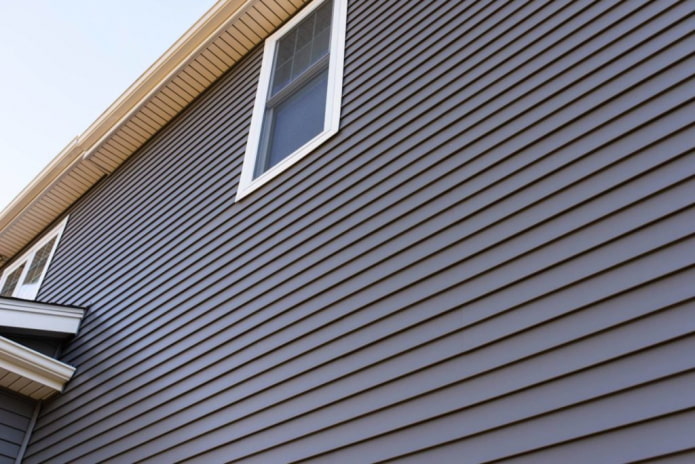
 10 practical tips for arranging a small kitchen in the country
10 practical tips for arranging a small kitchen in the country
 12 simple ideas for a small garden that will make it visually spacious
12 simple ideas for a small garden that will make it visually spacious
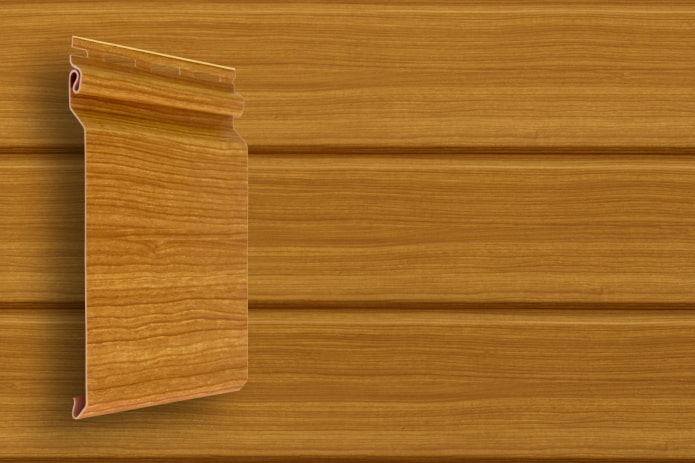
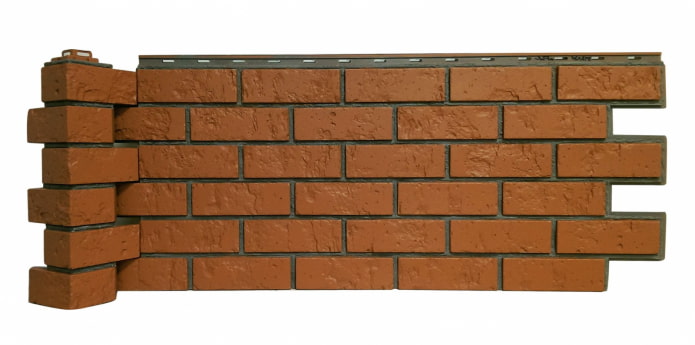

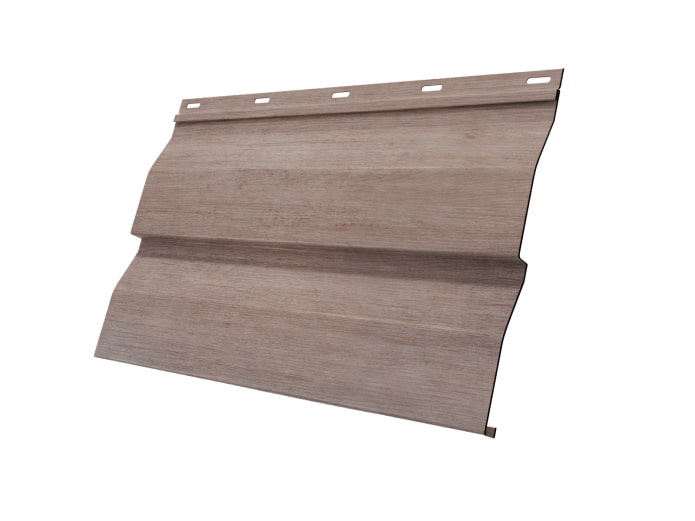
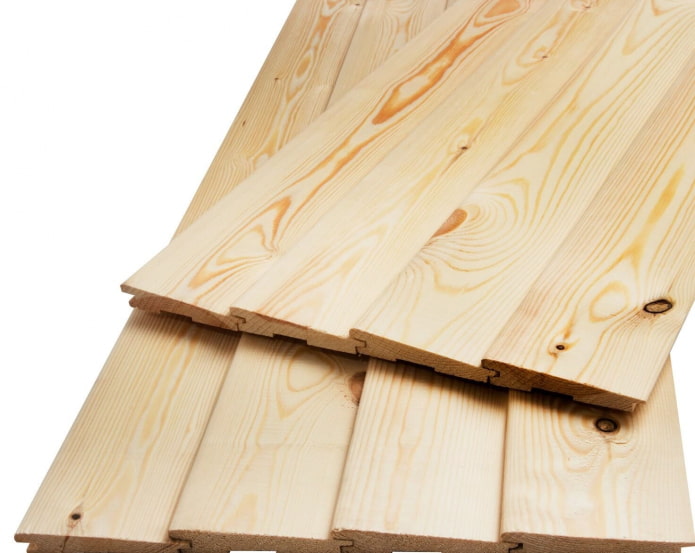
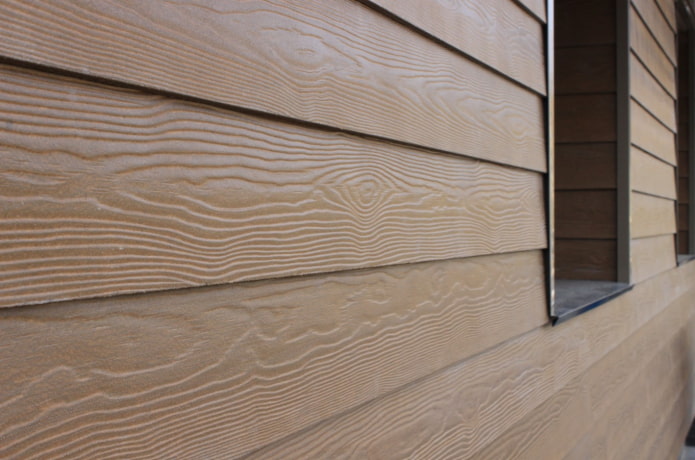
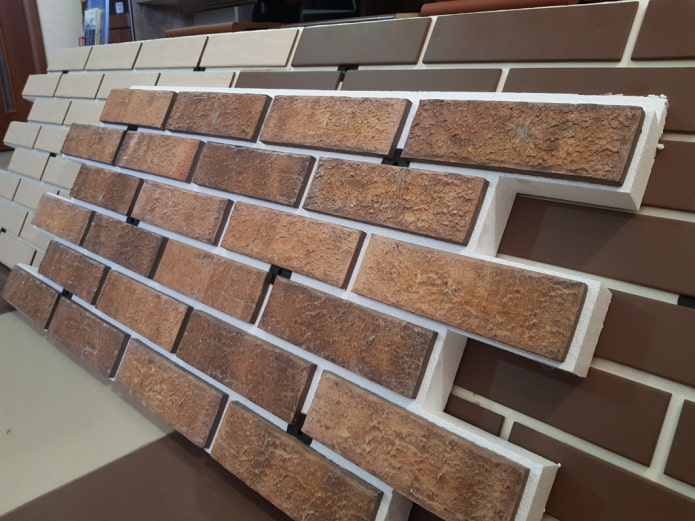
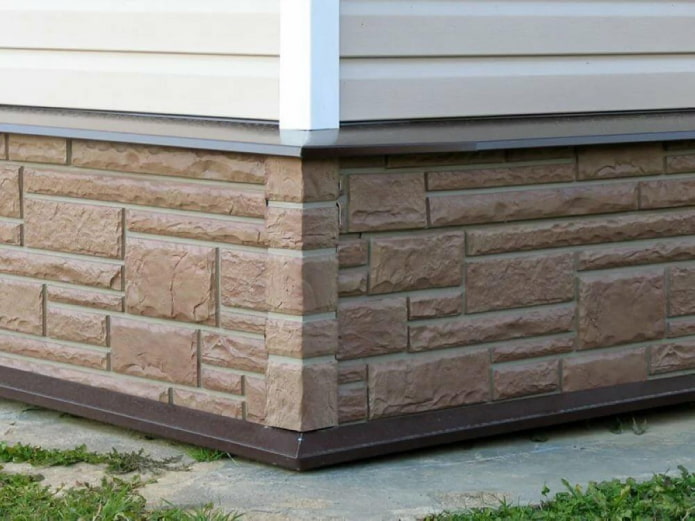

 What is better not to do it yourself during the repair?
What is better not to do it yourself during the repair? Bloated linoleum: how to fix it without disassembly
Bloated linoleum: how to fix it without disassembly The worst decisions in apartment renovation
The worst decisions in apartment renovation  Installation of ceiling tiles: choice of materials, preparation, order of work
Installation of ceiling tiles: choice of materials, preparation, order of work How to glue a ceiling plinth to a stretch ceiling?
How to glue a ceiling plinth to a stretch ceiling? Ceiling plinth for stretch ceiling: types, recommendations for selection
Ceiling plinth for stretch ceiling: types, recommendations for selection